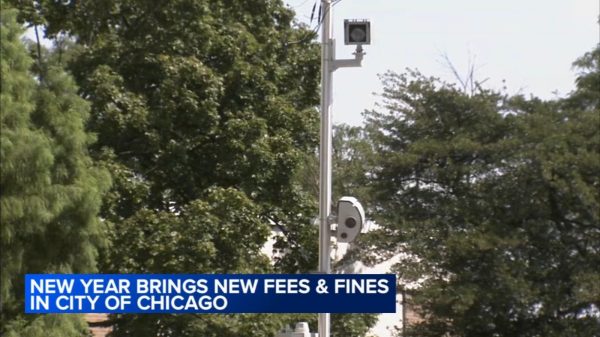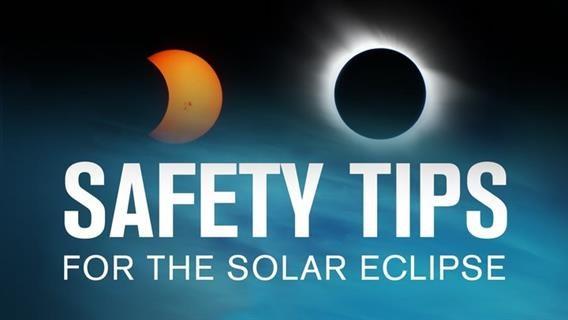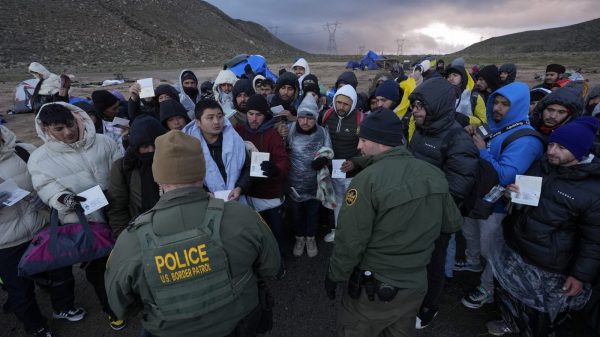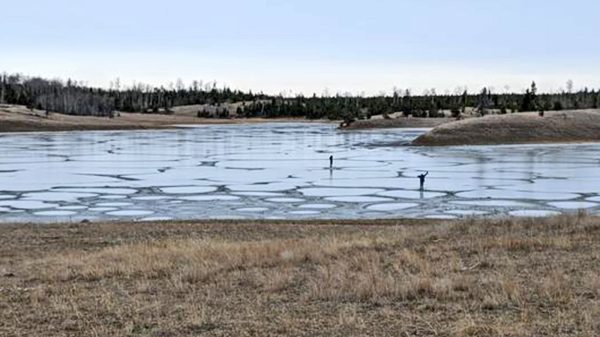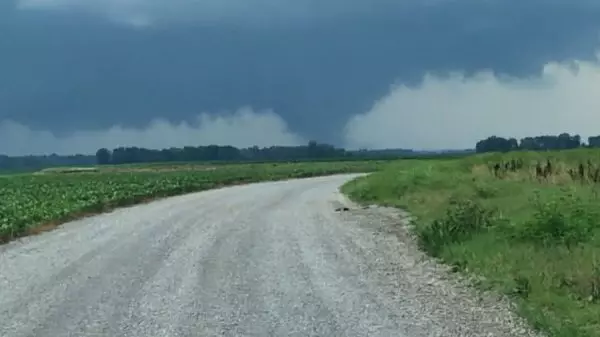A powerful winter storm is sweeping across the Ohio Valley, bringing snow, ice, and dangerously cold temperatures to West Virginia, Ohio, and Kentucky through Thursday afternoon. Officials are urging drivers to stay off the roads, as slick conditions and blowing snow will make travel extremely dangerous.
The National Weather Service has issued Winter Weather Advisories for these states, warning of snow accumulation, gusty winds, and black ice on untreated roads. Commuters should prepare for delays and hazardous driving conditions as the storm continues to intensify.
How Much Snow and Ice to Expect?
- Snow Accumulation: Most areas will see 2 to 5 inches of snow, with higher amounts in mountainous regions.
- Timing: The snowfall is expected to continue through Thursday afternoon, affecting morning and evening commutes.
- Wind Gusts: Winds could reach 45 mph in some areas, particularly in Webster, Pocahontas, and Randolph counties, increasing the risk of falling tree branches and power outages.
Which Areas Will Be Impacted the Most?
- Charleston, West Virginia: Snow expected through Wednesday night, accumulating 2 to 4 inches. Temperatures will remain below freezing, making untreated roads icy.
- Columbus, Ohio: Expect off-and-on snow showers, with temperatures hovering in the low 20s (°F), creating slick roads and reduced visibility.
- Frankfort, Kentucky: 2 to 4 inches of snowfall expected, with frigid conditions persisting into Thursday. Roads will remain slippery as temperatures stay well below freezing.
Why This Storm Poses a Major Threat to Drivers
This storm is not just about snow accumulation—the real danger lies in rapidly dropping temperatures and gusty winds, which will create slick roads, poor visibility, and the potential for black ice.
Black ice is one of the biggest concerns, as even roads that appear clear could have an invisible layer of ice, making driving unpredictable and dangerous. Bridges and overpasses will freeze first, increasing the risk of spin-outs and collisions.
The combination of blowing snow and strong winds will also significantly reduce visibility, making it harder for drivers to see the road ahead. Those who venture out should be prepared for whiteout conditions in some areas.

How to Stay Safe During This Winter Storm
1. Avoid Traveling If Possible
Officials strongly advise staying off the roads, as conditions will continue to worsen. If you must drive, follow these safety precautions:
- Reduce speed and drive cautiously
- Keep extra distance between vehicles
- Avoid braking suddenly or making sharp turns
2. Prepare for Possible Power Outages
With strong winds and snow accumulation on tree branches and power lines, power outages could become a problem. Be prepared by having:
- Flashlights and extra batteries
- A backup heat source or extra blankets
- Fully charged phones and power banks
3. Dress for the Extreme Cold
If you need to be outside, wear multiple layers, a hat, gloves, and waterproof boots. With temperatures dropping into the teens and 20s, frostbite can occur in less than 30 minutes.
4. Stay Updated on Weather and Road Conditions
Conditions will change quickly as the storm progresses. Stay informed by:
- Checking local weather reports for updated snowfall totals
- Using 511 road condition hotlines in West Virginia, Ohio, and Kentucky
- Listening to emergency alerts for road closures and advisories
Emergency Crews Are Working, But Roads Will Still Be Dangerous
State and local plows have been deployed to clear major highways, but with ongoing snowfall and freezing temperatures, roads will remain slick and hazardous through at least Thursday afternoon.
Even after the snowfall stops, cold temperatures will prevent ice from melting, meaning travel could remain treacherous into the weekend. Officials warn that side roads, rural highways, and residential streets may take longer to be treated, so residents should plan for extended delays.
Final Warning: Stay Safe and Stay Off the Roads If You Can
This storm is bringing a dangerous mix of snow, ice, strong winds, and freezing temperatures, making travel extremely hazardous. If you don’t have to go out, stay home and avoid unnecessary risks.
If you must drive, take every precaution, check in on loved ones, and prepare for possible power outages and lingering icy conditions.

